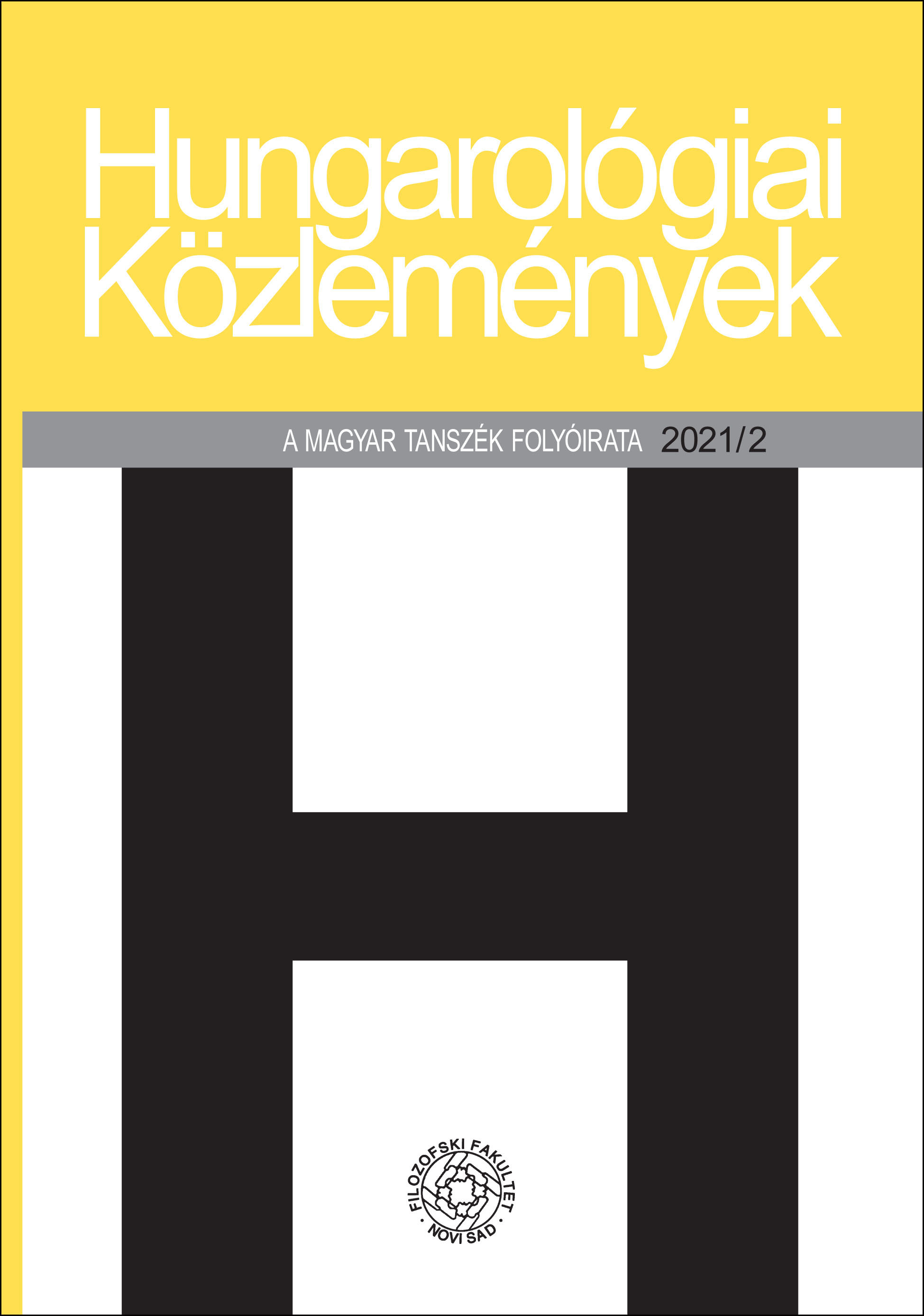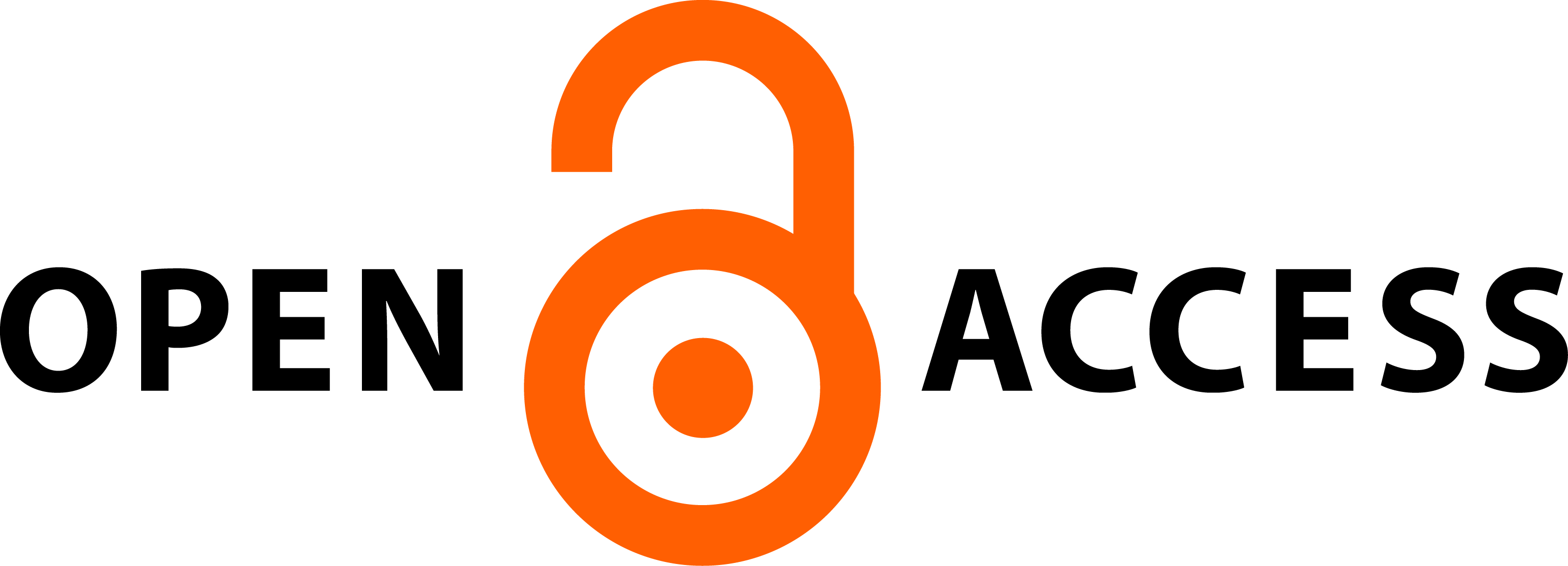A KORONAVÍRUS-JÁRVÁNY METAFORÁIRÓL
Absztrakt
A koronavírussal kapcsolatos hírek a mindennapjaink részévé váltak. A nyelvhasználók révén a nyelvünkben is rögtön megjelentek a vírusra vonatkozó metaforák, amelyek magyarázó erejüknél és szemléletességüknél fogva azonnal elterjedtek. A tanulmány a pandémia idején született költői képeknek ered a nyomába, s megmutatja, miért is gyakori a járványokról szóló beszédben a metafora. A COVID19-ről szóló kommunikációban a metaforák szemléltetnek, magyaráznak, érzelmeket váltanak ki, meggyőznek, olykor pedig manipulálnak, azaz a járványról való gondolkodást nagymértékben befolyásolja a híradások szóhasználata. A tanulmány a koronavírushoz kötődő verbális és vizuális metaforák működését egy hírekből, reklámokból és társadalmi célú hirdetésekből épített korpusz elemzésén keresztül, a kognitív metaforaelmélet keretét felhasználva mutatja be.
Hivatkozások
Istók Béla – Lőrincz Gábor. 2020. A virolingvisztika részterületei. In 12th international Conference of J. Selye University: Language and Literacy Section. Conference Proceedings, szerk. Simon Szabolcs. 83–92. Komárno: J. Selye University. https:// doi.org/10.36007/3761.2020.83
Kocsány Piroska. 2008. Metafora. In Alakzatlexikon: A retorikai és stilisztikai alakza- tok kézikönyve, főszerk. Szathmári István. 390–402. Budapest: Tinta Könyvkiadó.
Kövecses Zoltán. 2005. A metafora: Gyakorlati bevezetés a kognitív metaforaelméletbe. Budapest: Typotex.
Kövecses Zoltán – Benczes Réka. 2010. Kognitív nyelvészet. Budapest: Akadémiai Kiadó.
Lakoff, George – Johnson, Mark. 1980. Metaphors we live by. Chicago: University of Chicago Press.
Lendvai Endre. 1996. Közelkép a verbális humorról . Budapest: Nemzeti Tankönyvkiadó.
Móricz Éva – Téglássy Tamás. 1999. Kreatív tervezés a reklámban. Budapest: Közgazdaságtudományi Egyetem.
Nerlich, Brigitte. 2020. Metaphors in the time of coronavirus. https://blogs.nottingham. ac.uk/makingsciencepublic/2020/03/17/metaphors-in-the-time-of-coronavirus/ (2021. aug. 15.)
Péntek Erzsébet. 2000. A nélkülözhetetlen metafora és az iskola. Erdélyi Pszichológiai Szemle 1 (4): 41–52.
Pethő József. 2011. Alakzat és jelentés: Az alakzatok stílus- és jelentésképző szerepe a szövegben . Budapest: Tinta Könyvkiadó.
Schirm Anita. 2010. A humor a manipuláció szolgálatában – reklámplakátok elemzése. In A humor dimenziói, szerk. T. Litovkina Anna – Barta Péter – Hidasi Judit. 146–154. Budapest: Tinta Könyvkiadó – BGF Külkereskedelmi Kar.
Sontag, Susan. 1983. A betegség mint metafora. Budapest: Európa Könyvkiadó.
Sontag, Susan. 1990. Az AiDS és metaforái. Budapest: Európa Könyvkiadó.
Szathmári István. 1981. A szó jelentésének stilisztikai vizsgálata. In A magyar stilisztika vázlata. Ötödik kiadás, szerk. Fábián Pál – Szathmári István – Terestyéni Ferenc. 65–148. Budapest: Tankönyvkiadó.
Taleb, Nassim Nicholas. 2012. A fekete hattyú – avagy a legváratlanabb hatás. Budapest: Gondolat.
Thibodeau, Paul H. – Hendricks, Rose K. – Boroditsky, Lera. 2017. How linguistic metaphor scaffolds reasoning. Trends in Cognitive Sciences (21): 852–863. https:// doi.org/10.1016/j.tics.2017.07.001
Wucker, Michele. 2016. A szürke rinocérosz: Hogyan ismerjük fel a világunkat fenyegető nyilvánvaló veszélyeket, és hogyan szálljunk szembe velük. Budapest: Athenaeum Kiadó.








